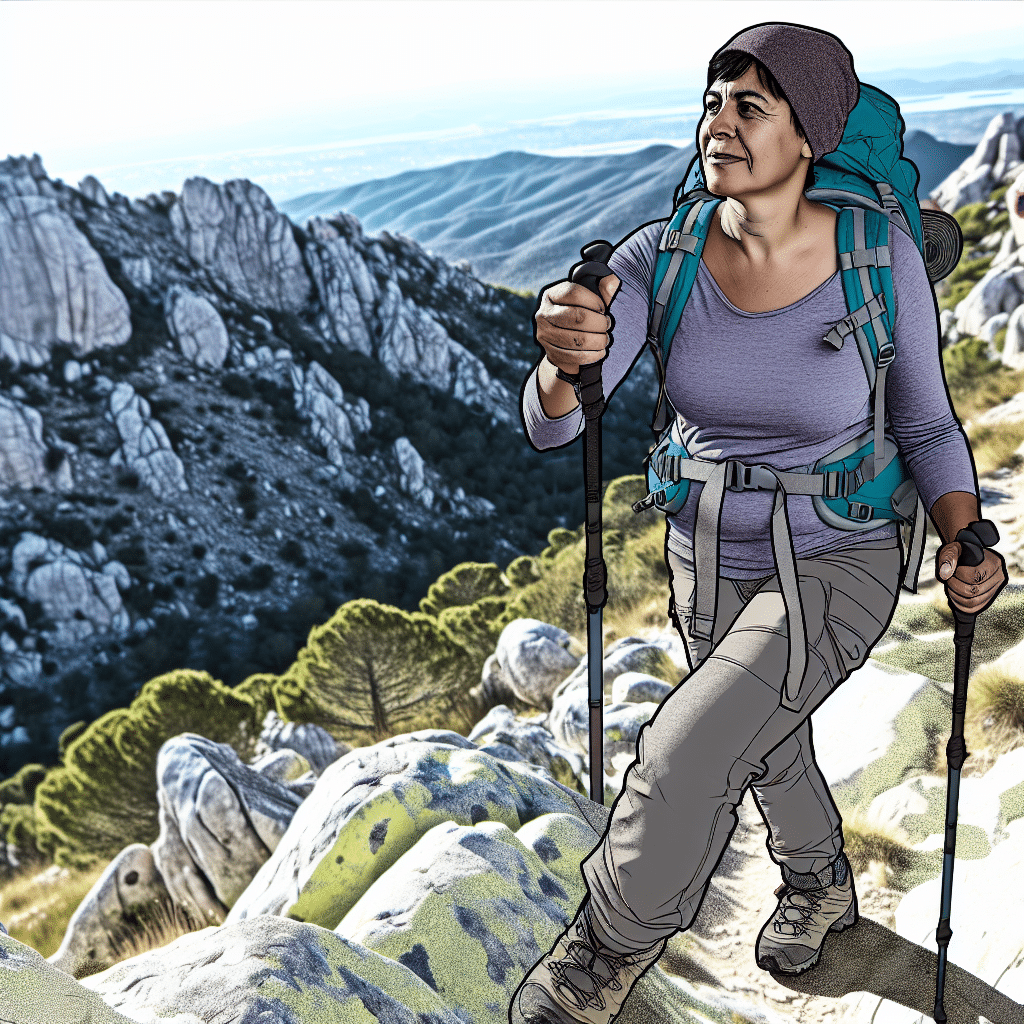Trekking sticks, also known as hiking poles or walking sticks, are essential tools for anyone who loves exploring the great outdoors. Whether you’re a seasoned hiker or a casual walker, these versatile accessories can significantly enhance your trekking experience. This comprehensive article covers everything you need to know about trekking sticks, from their benefits and types to tips on choosing the right one for your needs.
Why Use a Trekking Stick?
Trekking sticks offer a myriad of benefits that can make your outdoor adventures safer and more enjoyable. Here are some compelling reasons to consider using one:
Enhanced Stability
One of the most significant advantages of using a trekking stick is the added stability it provides. Navigating uneven terrains, steep descents, and slippery surfaces becomes much more manageable with the extra support, reducing the risk of falls and injuries.
Reduced Strain on Joints
Trekking sticks help distribute the impact of walking more evenly across your body, alleviating pressure on your knees, hips, and ankles. This is particularly beneficial for those carrying heavy backpacks or hiking on rugged terrain.
Improved Posture
Using a trekking stick encourages better posture by prompting you to stand more upright. This can help reduce back strain and fatigue, allowing you to hike longer distances more comfortably.
Versatility and Utility
Trekking sticks are not only for support; they can also be used for various other purposes, such as gauging water depth, clearing obstacles from the trail, or even setting up a makeshift shelter.
Types of Trekking Sticks: Which One is Right for You?
There are several types of trekking sticks available, each suited for different needs and preferences. Here’s a quick rundown of the most common types:
Single Trekking Stick
A single trekking stick is ideal for casual walkers and those who want a minimalist approach. It offers basic support and stability without the added weight of carrying two poles.
Pair of Trekking Sticks
Using a pair of trekking sticks provides the most stability and support. This type is perfect for those tackling challenging terrains or carrying heavy loads. The dual support helps maintain balance and reduces strain on the body.
Collapsible Trekking Sticks
Collapsible or telescoping trekking sticks are highly convenient for travel and storage. They can be adjusted to different lengths to suit various terrains and user heights. These sticks are particularly popular among backpackers and hikers who need versatile and compact equipment.
Fixed-Length Trekking Sticks
Fixed-length trekking sticks are sturdy and reliable, offering consistent support. They are often preferred by ultra-lightweight hikers for their simplicity and durability.
What to Consider When Choosing a Trekking Stick?
Selecting the right trekking stick involves considering several factors, such as material, grip, weight, and adjustability. Here are some key aspects to ponder:
Material
Trekking sticks are typically made from aluminum or carbon fiber. Aluminum poles are durable and less expensive, though they are slightly heavier. Carbon fiber poles are lighter and more shock-absorbent but come at a higher price and may be less robust in extreme conditions.
Grip
The grip of the trekking stick can greatly influence your comfort. Common materials for grips include cork, foam, and rubber. Cork grips are excellent for absorbing sweat and reducing vibrations. Foam grips are soft and comfortable, while rubber grips are durable and provide good traction in wet conditions.
Adjustability
Adjustable trekking sticks offer the flexibility to change the pole length according to the terrain or user height. This feature is particularly useful when hiking uphill or downhill, where different lengths can provide optimal support.
Weight
The weight of the trekking stick can impact your overall trekking experience. Lighter poles are easier to carry and maneuver, making them ideal for long-distance hikes. However, heavier poles often offer more durability and stability.
How to Use a Trekking Stick Effectively?
Knowing how to use a trekking stick properly can maximize its benefits. Here are some tips to help you get the most out of your trekking stick:
Proper Length Adjustment
Adjust the length of your trekking stick so that when you hold the grip, your elbow forms a 90-degree angle. For uphill climbs, shorten the poles by a few inches, and for downhill descents, lengthen them slightly to provide better support and balance.
Correct Technique
When walking on flat terrain, plant the pole opposite your leading foot. This cross-pattern provides better stability and support. On steep ascents, place the poles in front of you and push down to help propel yourself upward. On descents, plant the poles ahead and use them to brace yourself.
Using Wrist Straps
Wrist straps can help distribute the weight and reduce hand fatigue. Slip your hand through the loop from the bottom and grasp the grip. This technique allows you to exert pressure on the straps rather than gripping the pole tightly.
Conclusion: Elevate Your Hiking Experience with a Trekking Stick
A trekking stick is more than just a piece of equipment; it’s an invaluable companion that can significantly improve your hiking experience. By offering enhanced stability, reducing joint strain, and promoting better posture, a trekking stick can make your outdoor adventures safer and more enjoyable. Whether you opt for a single stick or a pair, a collapsible or fixed-length model, the right trekking stick will ensure you’re well-equipped to tackle any trail with confidence. So, the next time you plan a hike, don’t forget to bring along your trusty trekking stick!




